
Vogue‘s former Fashion Features Director Harriet Quick, and former head of personal shopping at Harrods Sukeena Rao have partnered to create Luminaire, for high-class, tailored personal shopping. They talk to LUX about sustainability, AI, and exclusive upcoming projects.
LUX: How did you come together to start Luminaire?
Harriet Quick: Sukeena and I first met in the mid-noughties when she was then heading up personal shopping at Harrods and I was working as fashion features director at Vogue. I was writing a profile on Nicholas Ghesquiere at Balenciaga and came to Harrods to attend a special trunk show. Luxury retail and luxury magazines can often seem like church and state but here was a moment to witness how Rao was introducing clients to the brand and all the magic that happens in the styling suites at the point of ‘try on’.

Luminaire, launched in mid 2022, draws on the combination of expertise from personal shopping and fashion journalism.
LUX: What’s the biggest misconception people have about buying clothes?
Harriet Quick & Sukeena Rao: We can all get swept away by brand, hype and the incredible mise en scène and storytelling of a catwalk show. However, when it comes down to our own sense of style, it really is proportions that matter most – finding the shapes and looks that suit your body shape, work with your lifestyle and chime with your aesthetic preferences. As Miuccia Prada has pointed out, it takes practice and patience. Luminaireco.com is a navigator and catalyst in that process.
LUX: Harriet, as a former fashion features director at Vogue, how do you think that the largest fashion magazines will change in 10 years, compared to now? Will they still hold a lot of influence on fashion trends, or are they fading?
HQ: We now receive fashion information at multiple ‘nodal’ points whether digital, on social, in print, a podcast, Substack or via an experience. I think there will always be room for a beautiful magazine like Vogue but it no longer has the absolute authority, the first word on fashion, that it exerted in the pre-digital era. Readers and viewers go to the voices and visions they find exciting and relevant not just one source: media is individualized.
At Luminaire, we distil the bigger meta themes into highly curated shopping edits, flag the integrity of the design and provide a 360 view that reaches out art, design, escape and to experts in beauty and wellbeing. We’ve always seeking to hyper connect clients and readers with exceptional finds.
Follow LUX on Instagram: luxthemagazine
LUX: Would AI make a good personal shopper?
HQ: I think there are some fun styling tools but the advice for now is lowest common denominator. Maybe because of super intelligence and the revolution in AI, clients are seeking ever more personal advice – we desire the human touch – the intelligent viewpoint – a real conversation. To that end, Luminaire is hosting a series of summer events with Burberry bringing together clients over picnics, and guided store tours.
LUX: What was your earliest memory of being conscious about the clothes you were wearing?
HQ: Maybe age 5, I became fixated choosing a Liberty floral fabric for a sundress my mother was making for me. I used to go with her to Harvey Nichols, pour over copies of Vogue and that opened by eyes to this dizzying and wonderful world of fashion. After studying for a post grad in journalism at City University, I became dedicated to all areas of design journalism then became more specialist in fashion at The Guardian, The Frank Magazine than Vogue.
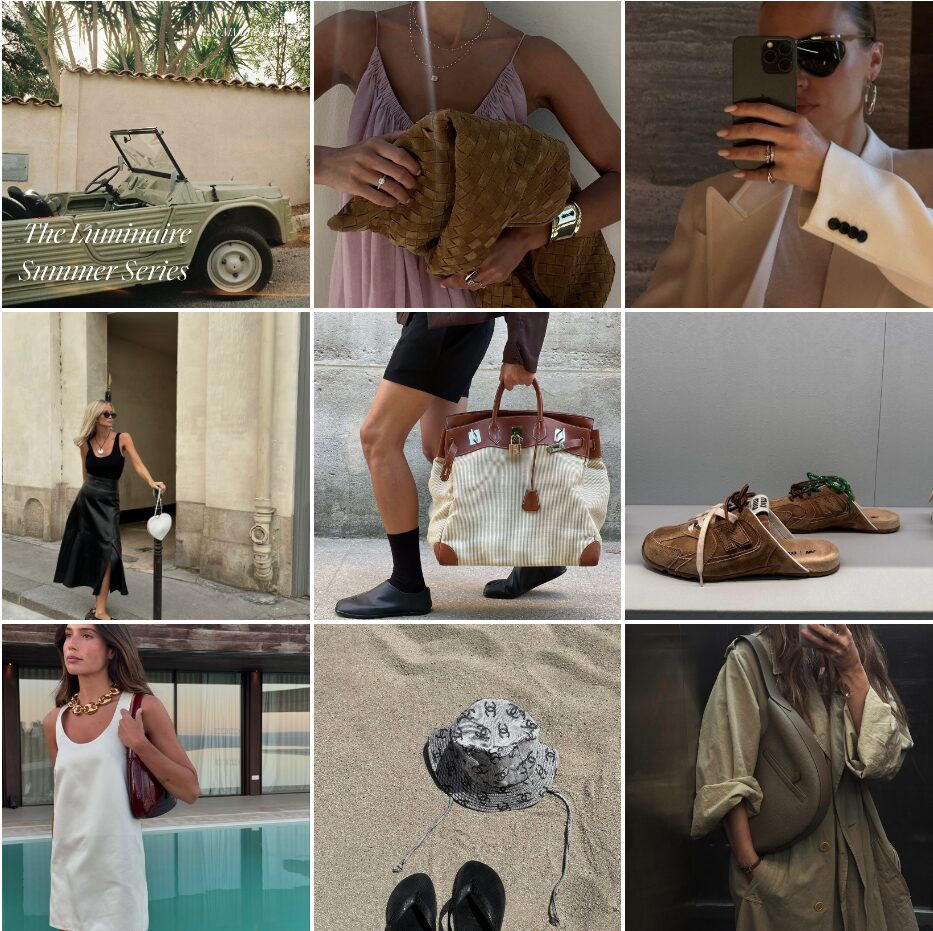
Luminaire’s summer series features Barbara Stürm, Lou Lou de Saison and Pierre Augustin Rose
LUX: How you adapted your business model alongside increased concern for sustainability and slow fashion?
HQ: Our general maxim is buy less, buy better and work with what you already have in your wardrobe. The shopping team often has to advise against repeat buys and steer clients towards accessories or pieces that really will make a difference and that might be a fine jewellery piece, an Hermès handbag or lovely staples from Toteme or Wardrobe NYC. The gifting suggestions are also excellent.
LUX: Name a trend that Luminaire are keen on at the moment.
HQ&SR: All eyes are on Chloé and so called ‘boho’ but how does that translate? A flowing chiffon blouse in a Chloé dune shade, is a great multi-tasking starter. The skirt suit is re-emerging after seasons of trouser suits and that looks so elegant in tweed and plaid wools from brands including Chanel, Petar Petrov and Loro Piana.
Read more: Giambattista Valli on the love for beauty
LUX: Rao, what made you want to break away from Harrods, Harvey Nichols, and consult houses to begin your own company?
Sukeena Rao: Although I continued to work with private clients, I took a break to have my two children. I had always wanted to join the dots between personal shopping and editorial offering up a 360-view combining shopping, sourcing and inspired advice.
LUX: Where do your views differ in terms of fashion and your business model?
SR: We approach fashion from complimentary and contrasting angles with Harriet EIC attending the bi-annual fashion shows looking to future trends and shifts, and myself as Chief Commercial Officer concentrating on the collections as they arrive on the shop floor. There is a constant desire to edit and find the very best. Olivia Scanlon, the CEO, based in NYC comes from a legal and finance background and that bedrock is vital in growing a business in a measured strategic manner.
LUX: What next? Do you have any exciting new projects you could tell us about?
HQ&SR: In September we are launching a newly designed website. It’s super intuitive to navigate and there is a dedicated Private Client portal where each client can view their own personalised mood boards, wish lists and shopping history; book experts including sessions with the Luminaire team and be alerted to invitations to Luminaire events and happenings. But you don’t have to be a private client to dive in and shop the themed edits and benefit from styling suggestions. We want to take the endless scroll out of shopping and go beyond the overwhelm of hype and the selection/browsing process a reward and delight – that’s what luxury is about.
See More:

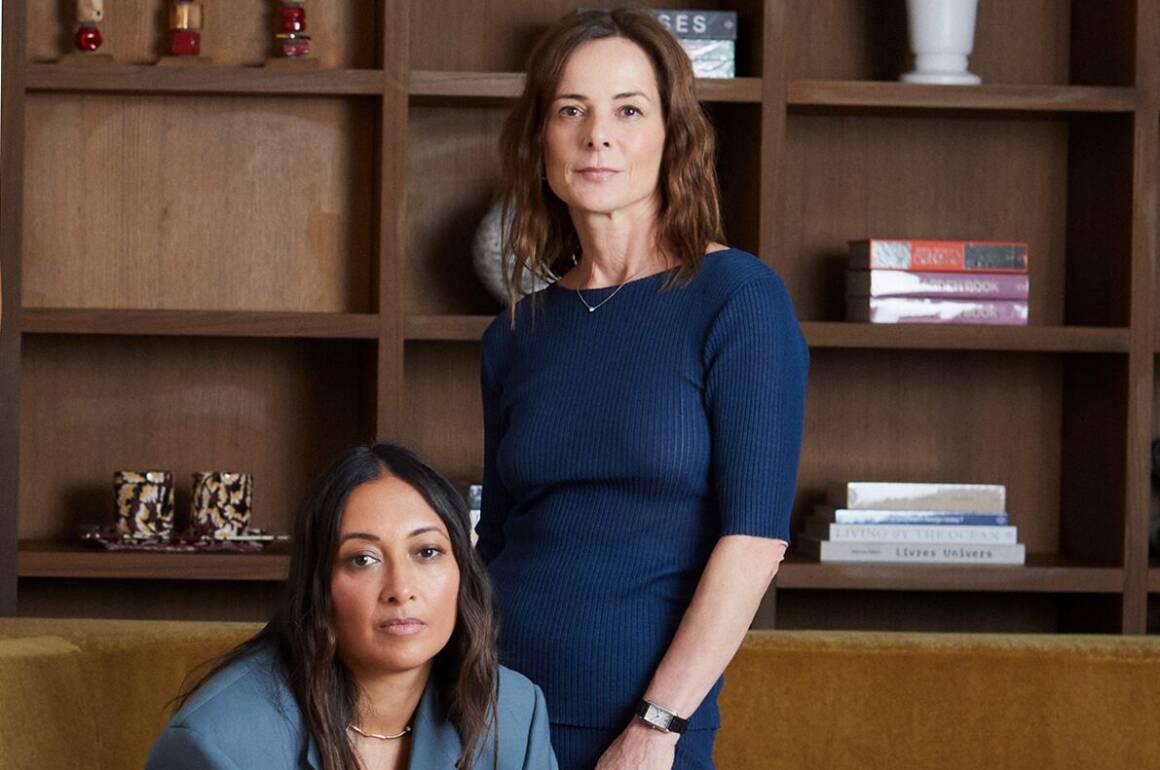
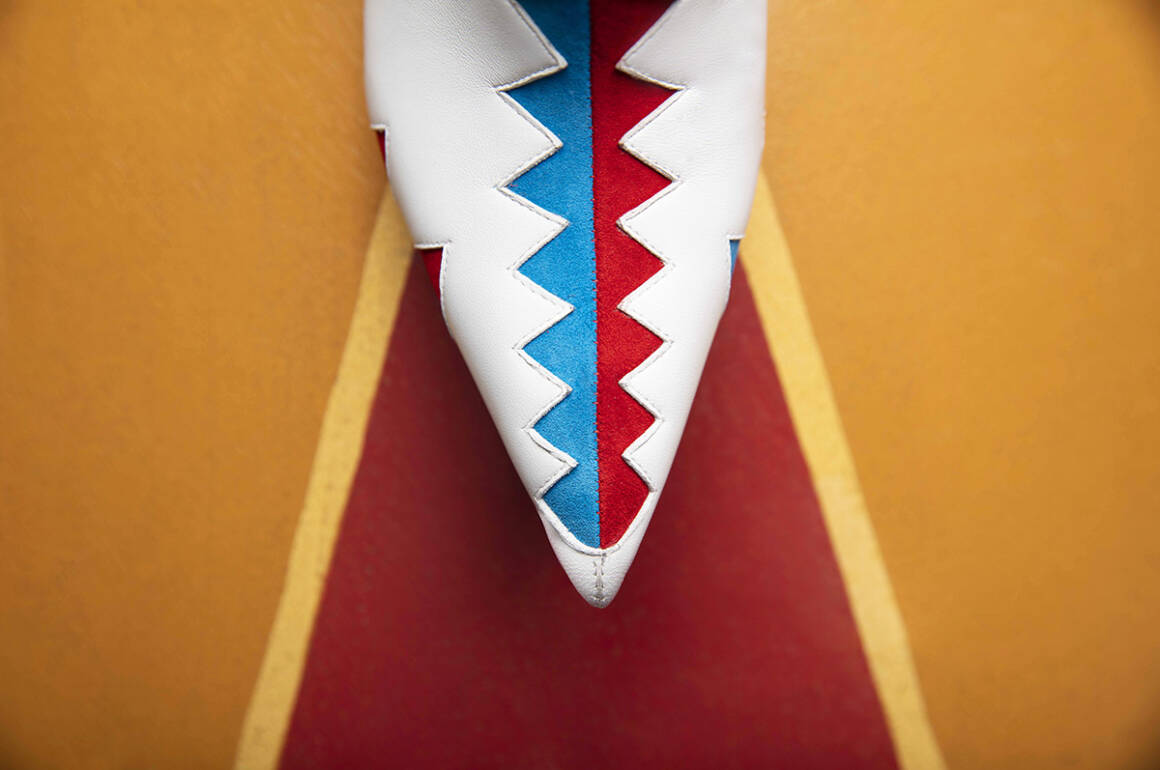
 Fashion designer Manolo Blahnik is something of a legend within the shoe industry. His career truly kicked off in 1969 after meeting US Vogue Editor in Chief, Diana Vreeland; after that, he devoted himself to designing shoes, opening the first Manolo Blahnik store in Chelsea, London, the next year. He speaks to Trudy Ross about his design philosophy, dressing for yourself and looking to the future
Fashion designer Manolo Blahnik is something of a legend within the shoe industry. His career truly kicked off in 1969 after meeting US Vogue Editor in Chief, Diana Vreeland; after that, he devoted himself to designing shoes, opening the first Manolo Blahnik store in Chelsea, London, the next year. He speaks to Trudy Ross about his design philosophy, dressing for yourself and looking to the future
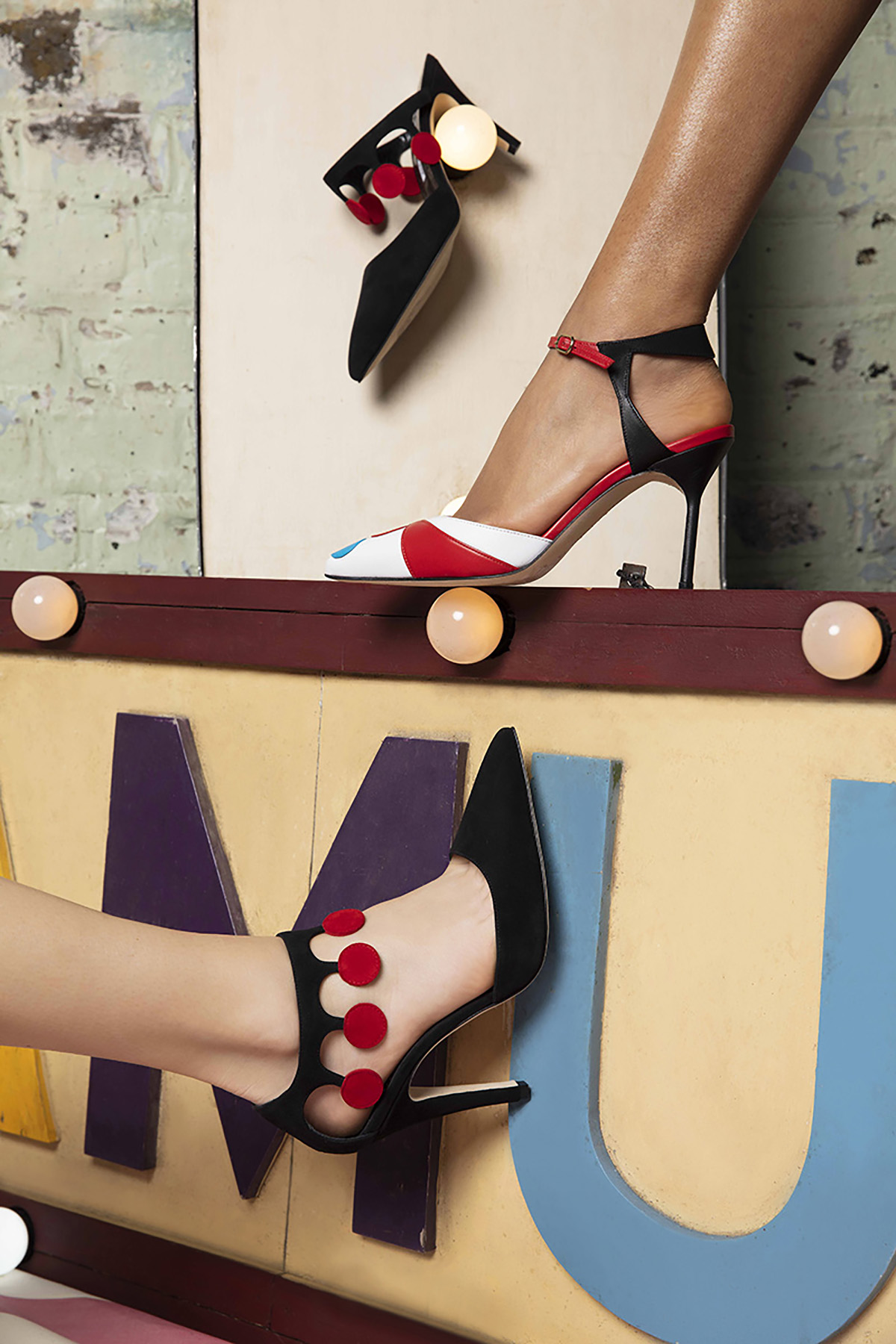
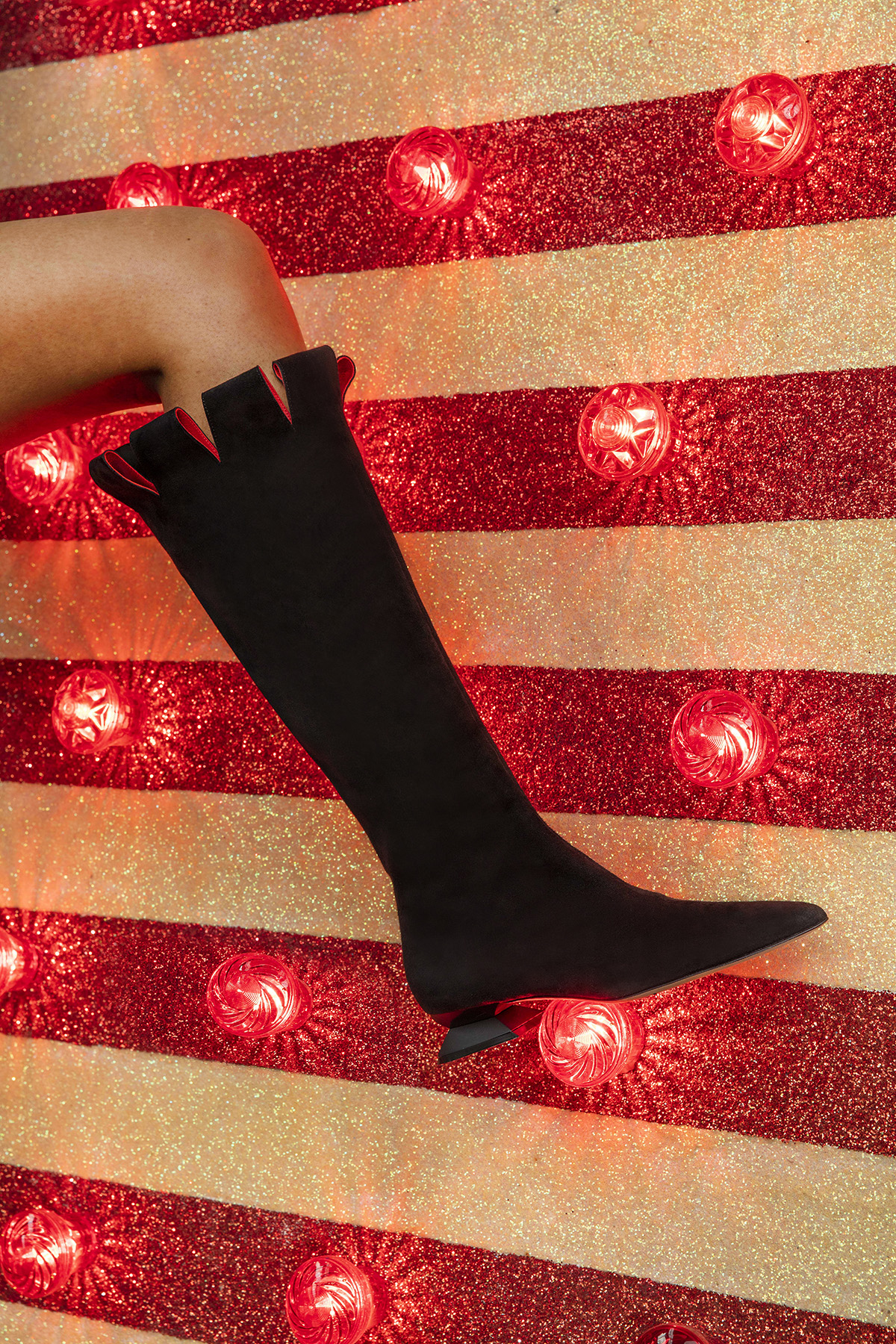

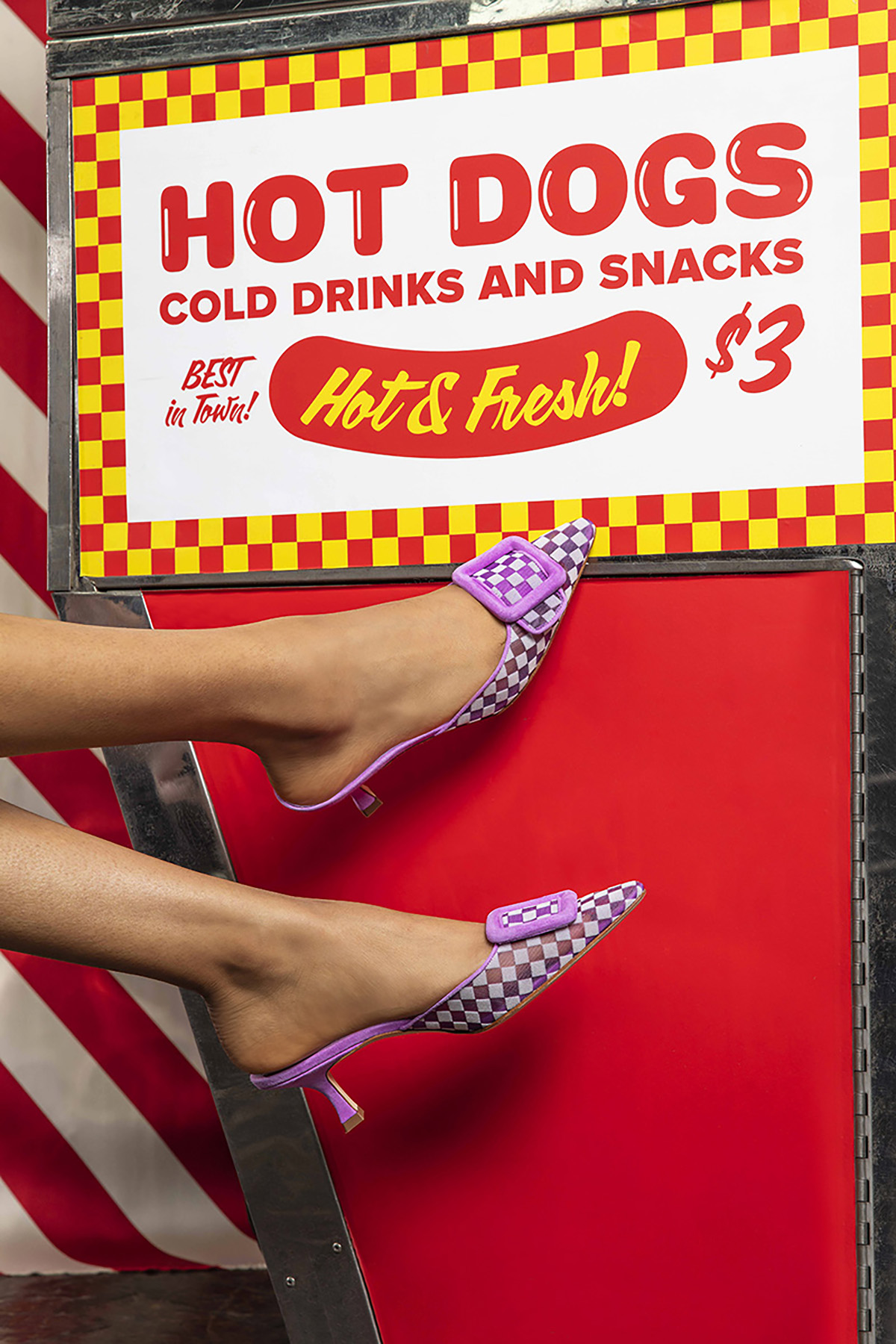
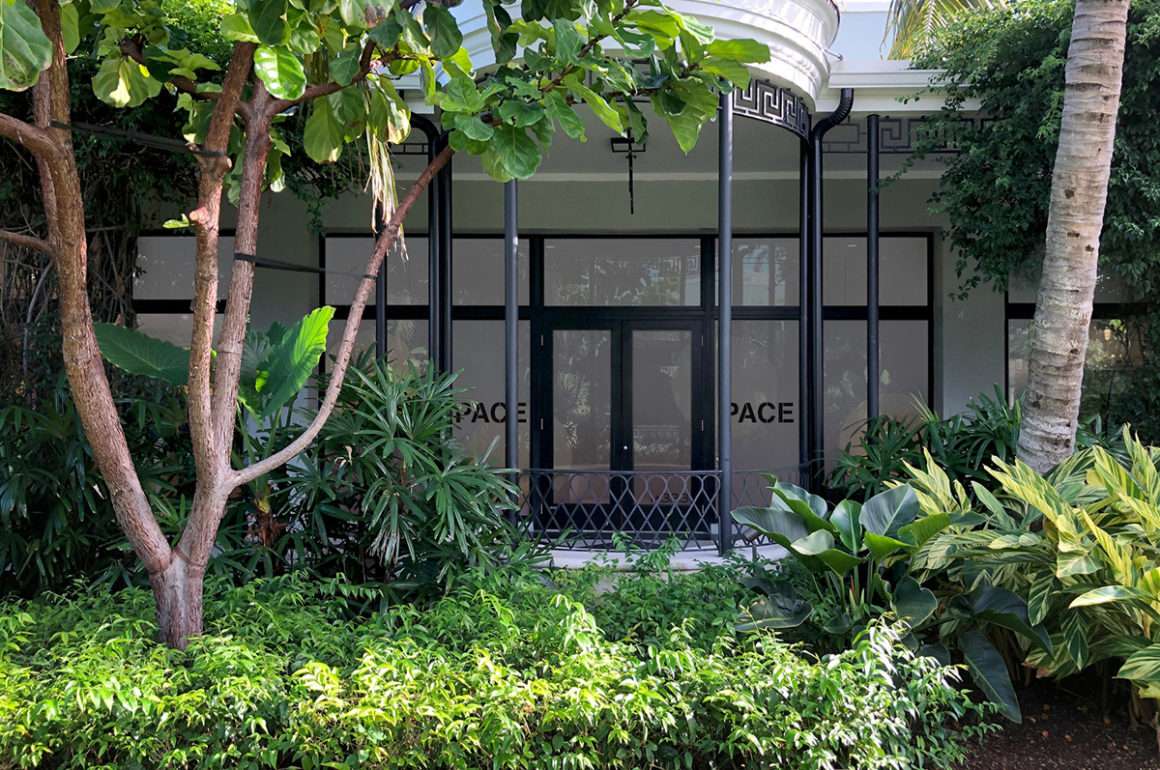
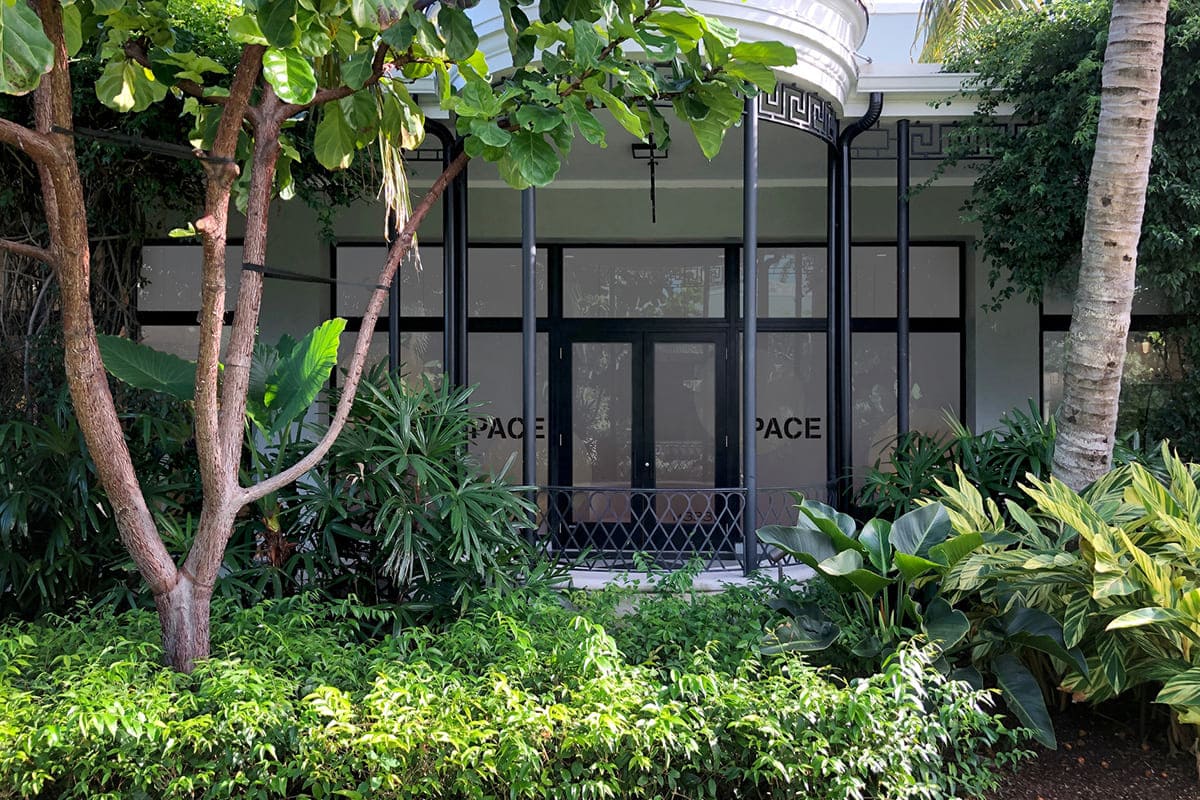
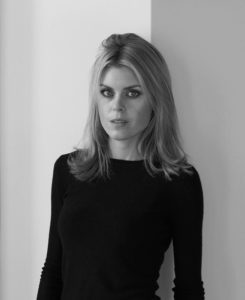
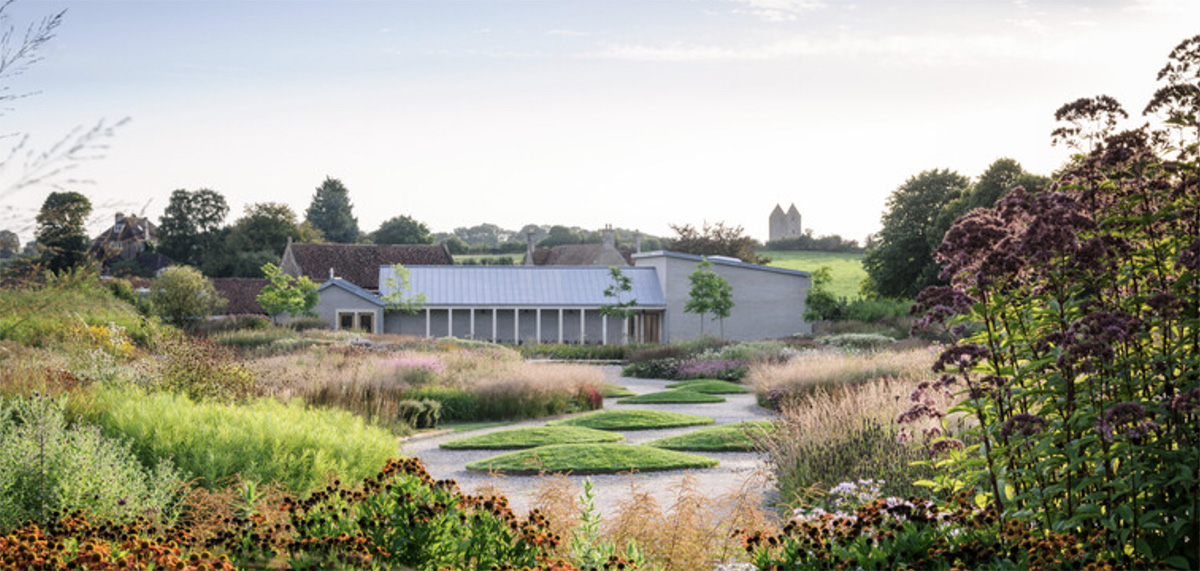

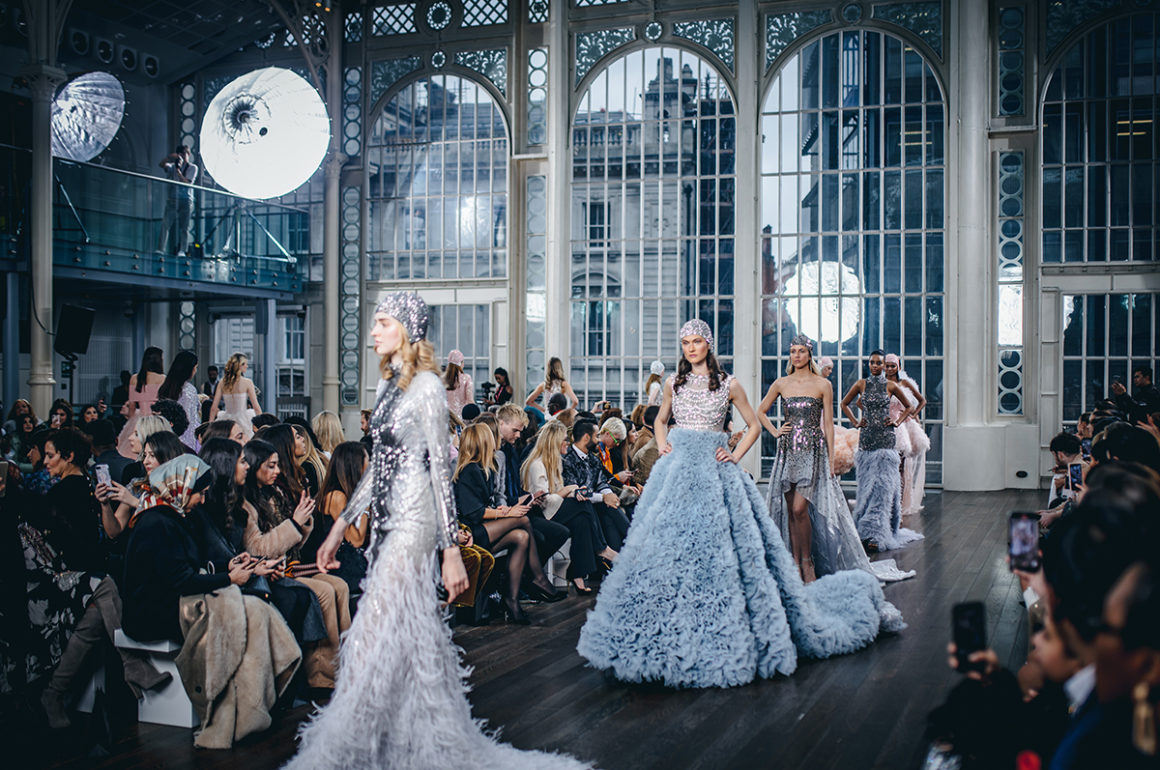



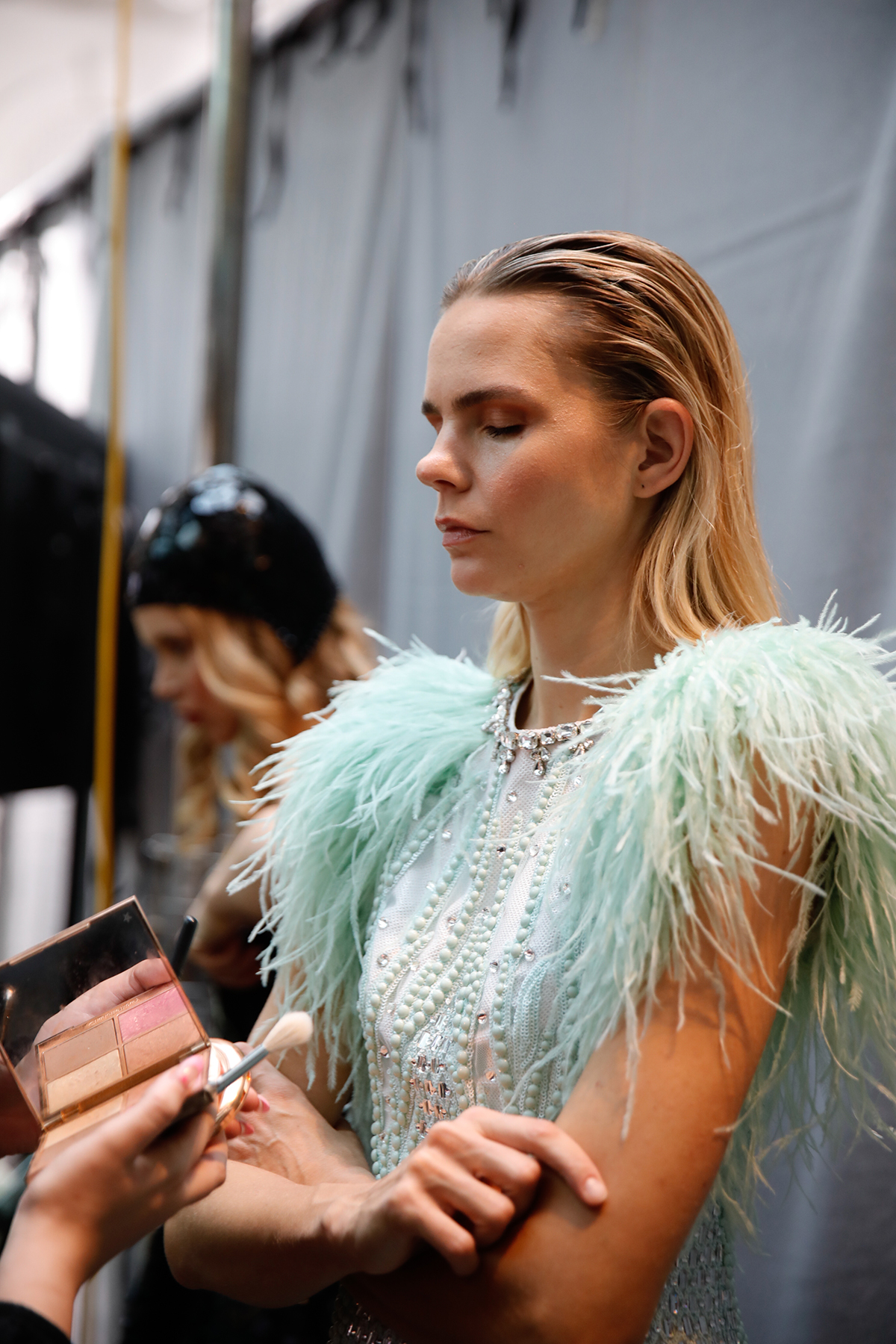
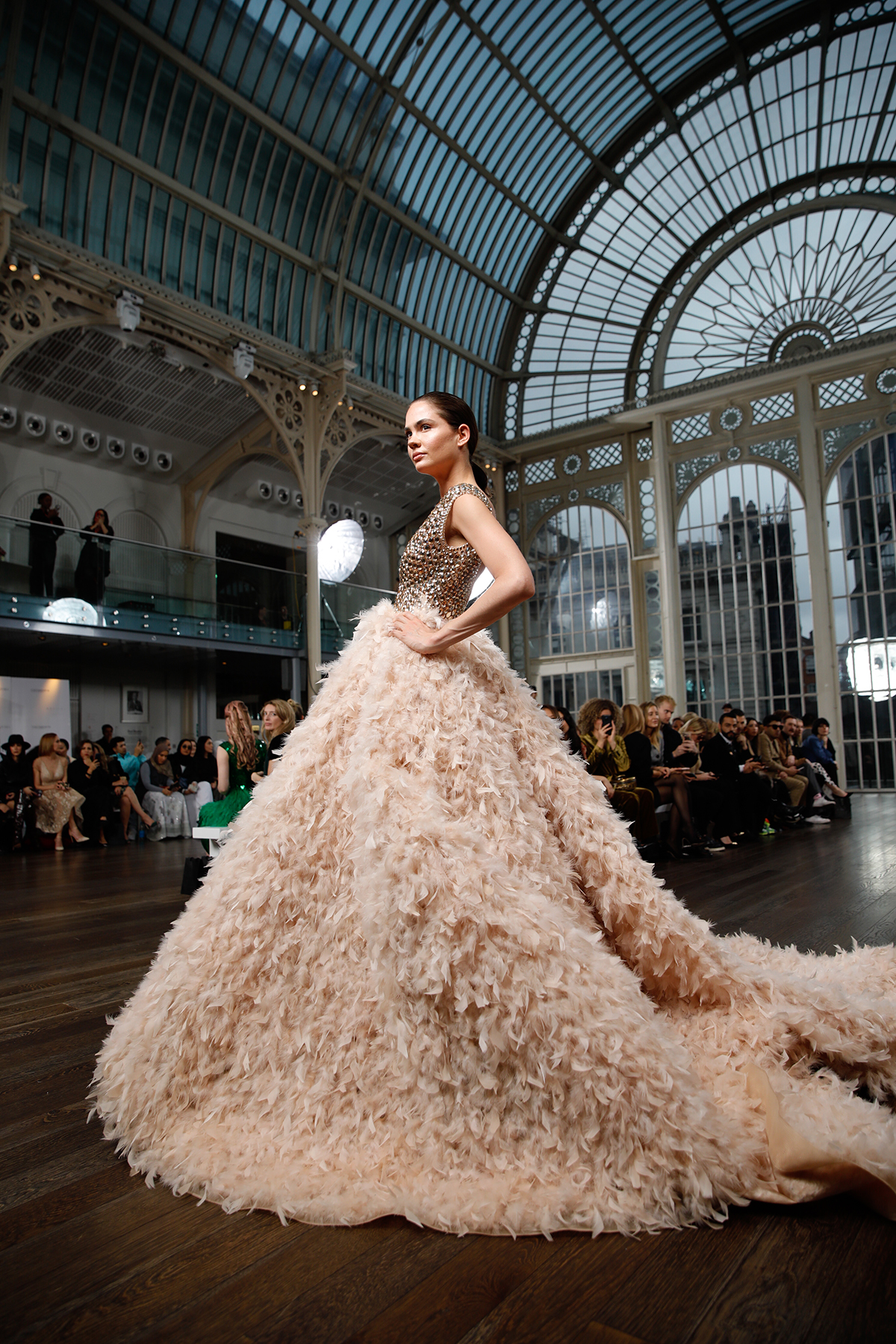
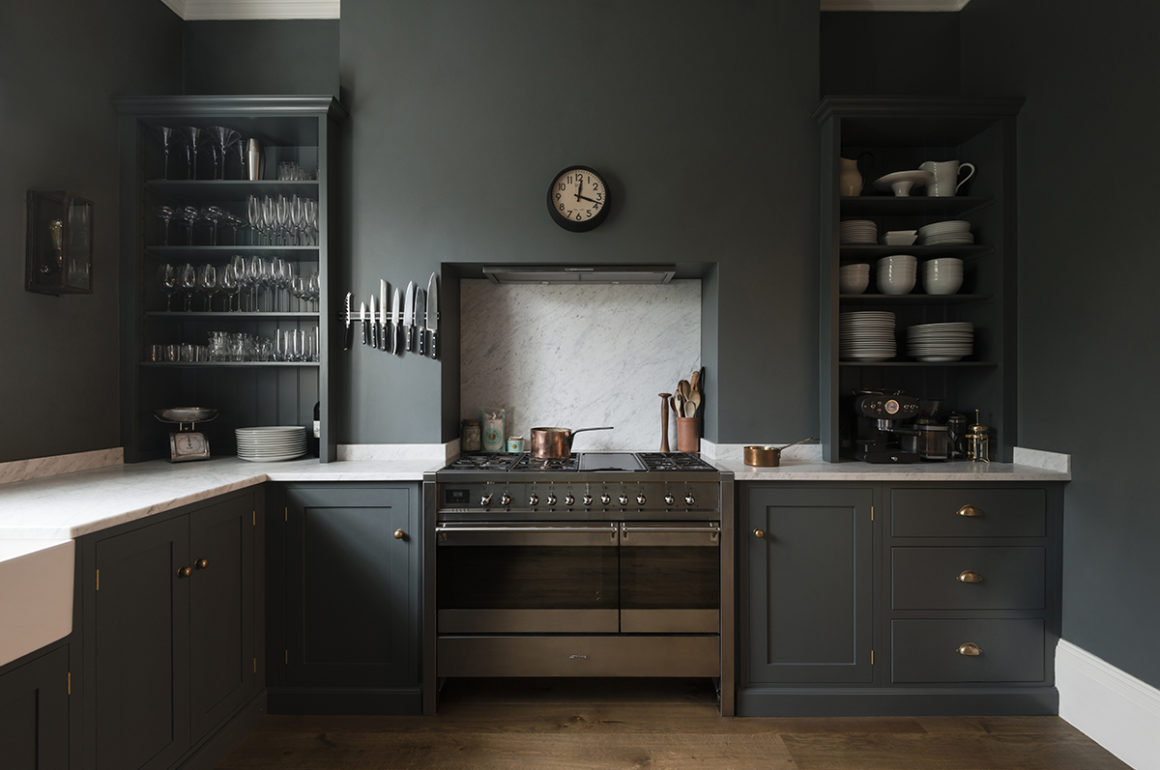
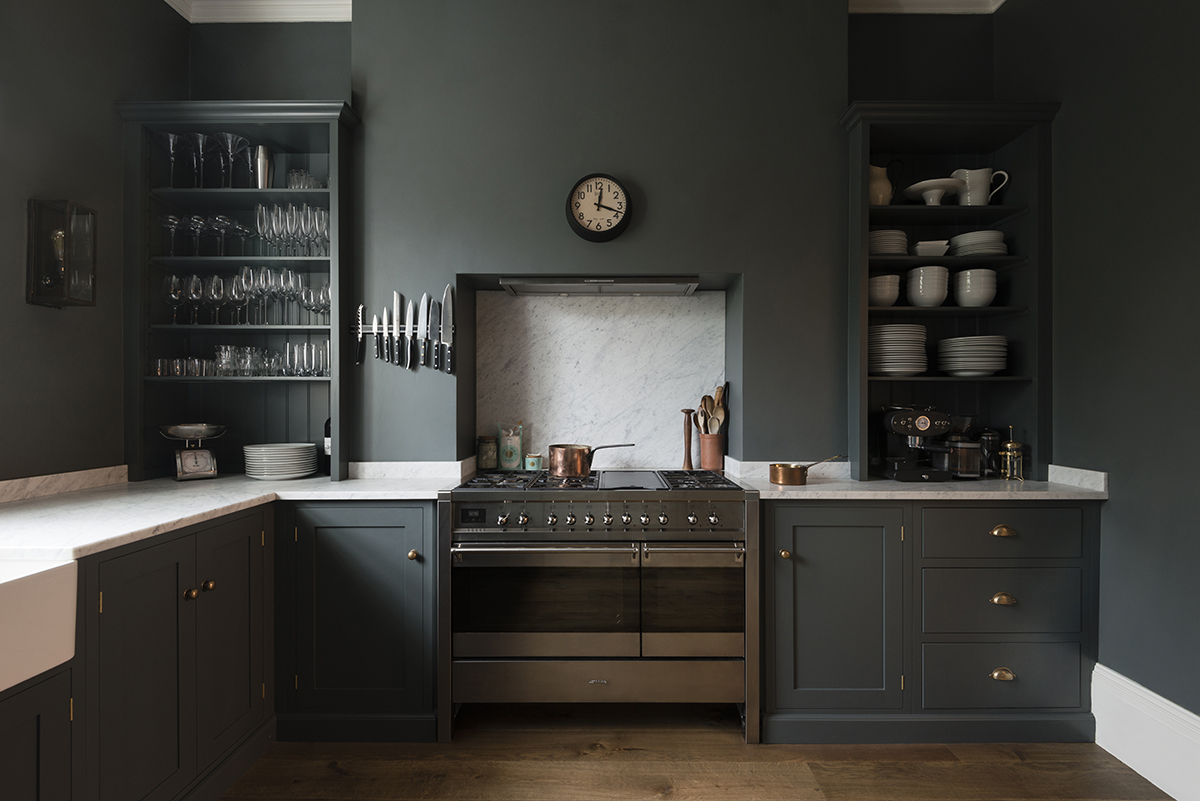
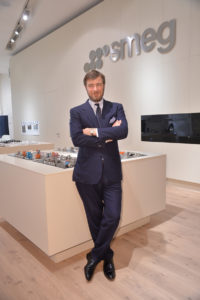
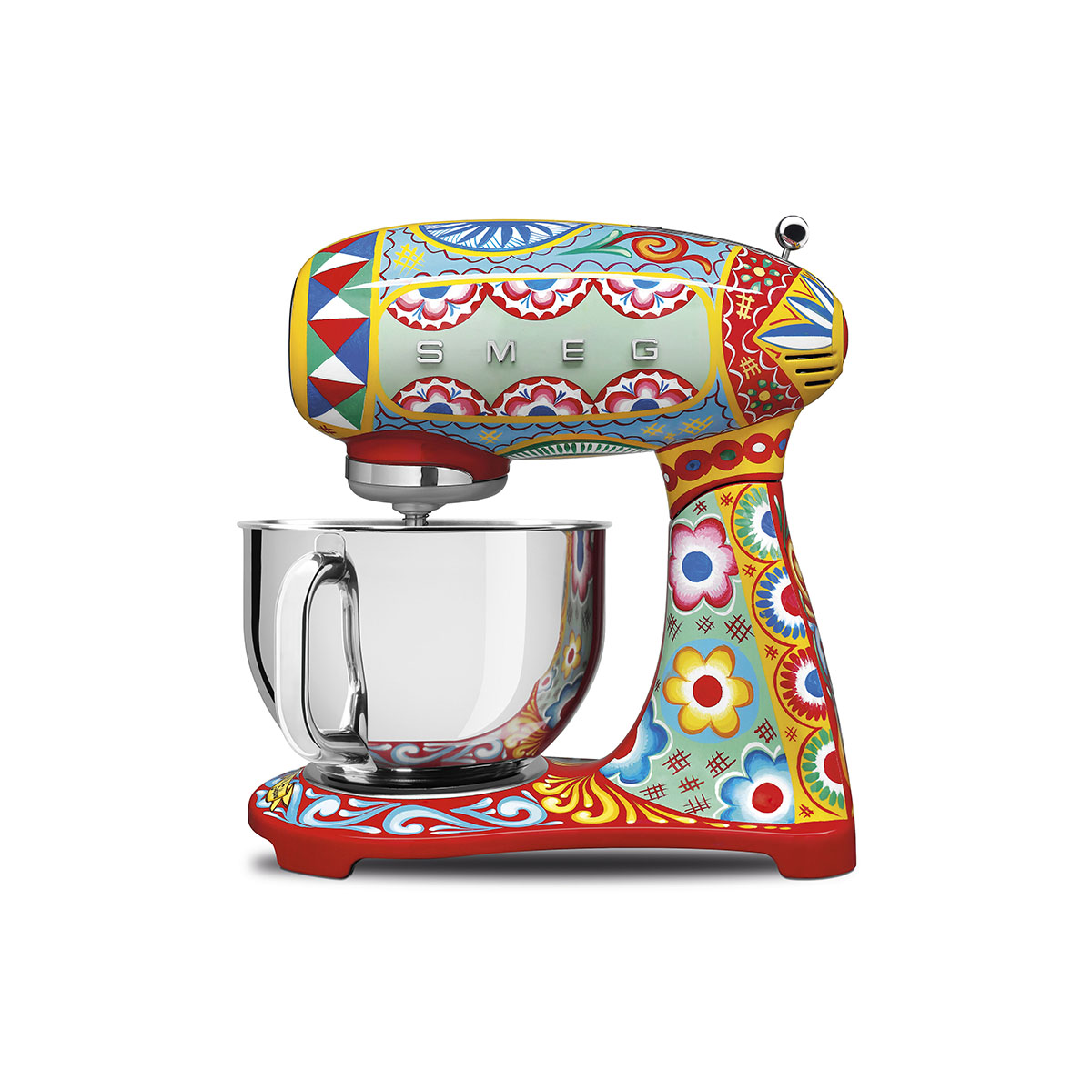
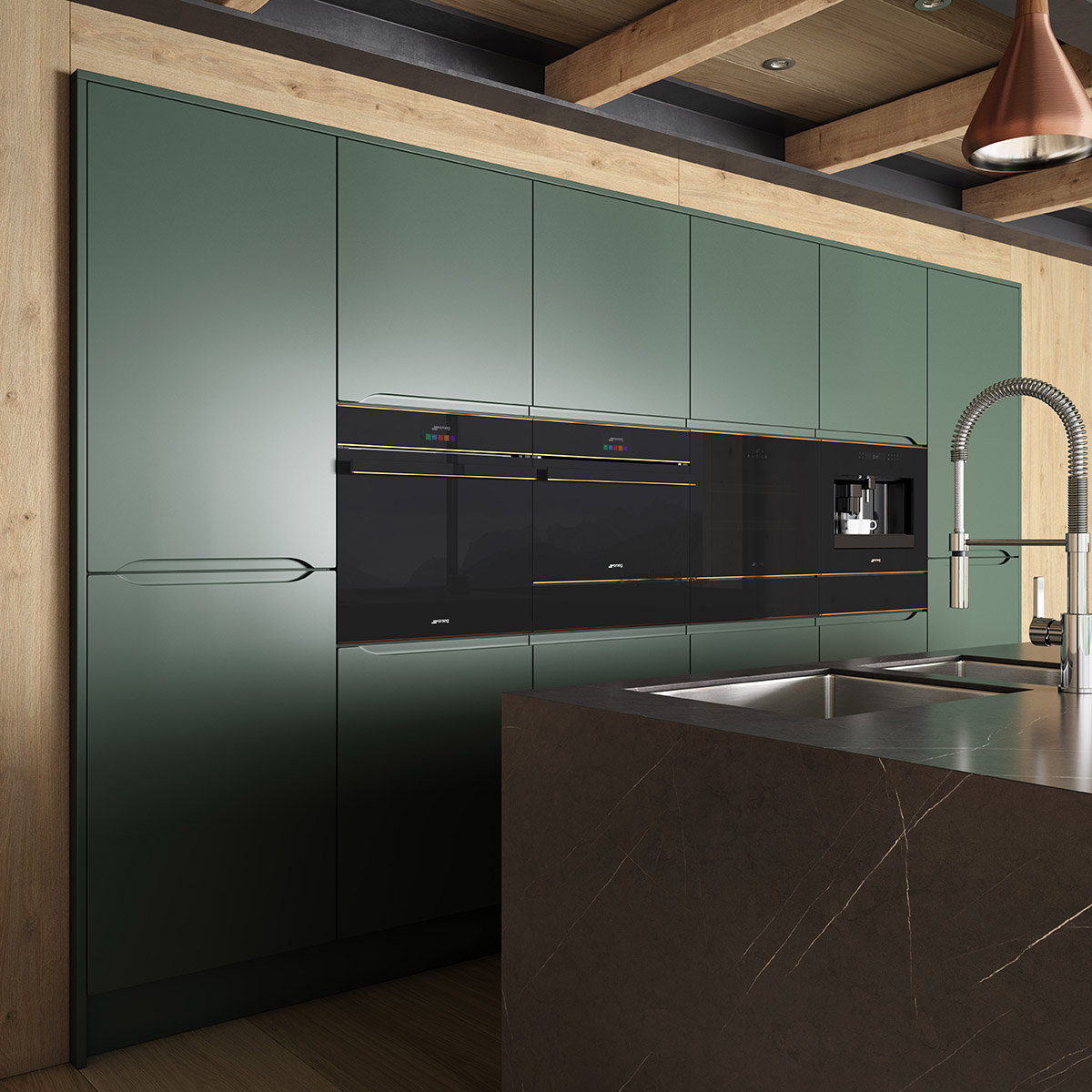
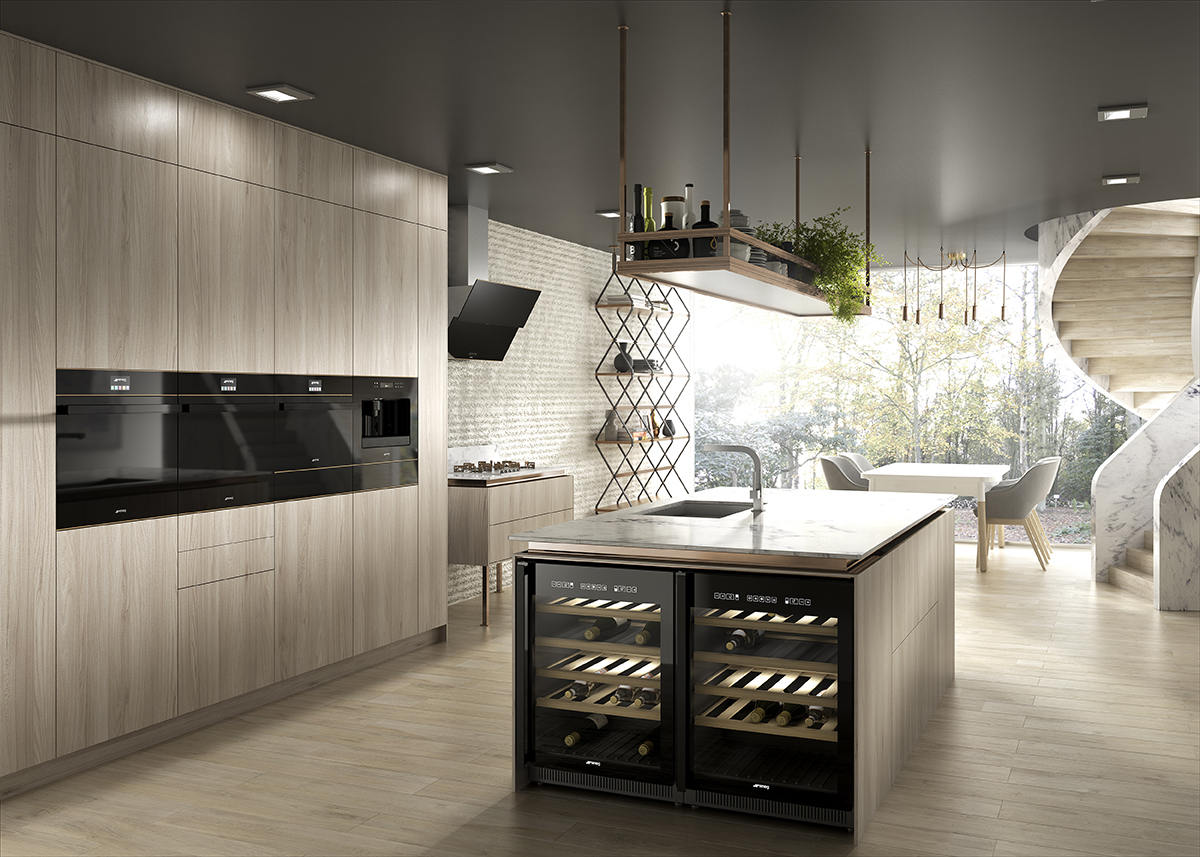
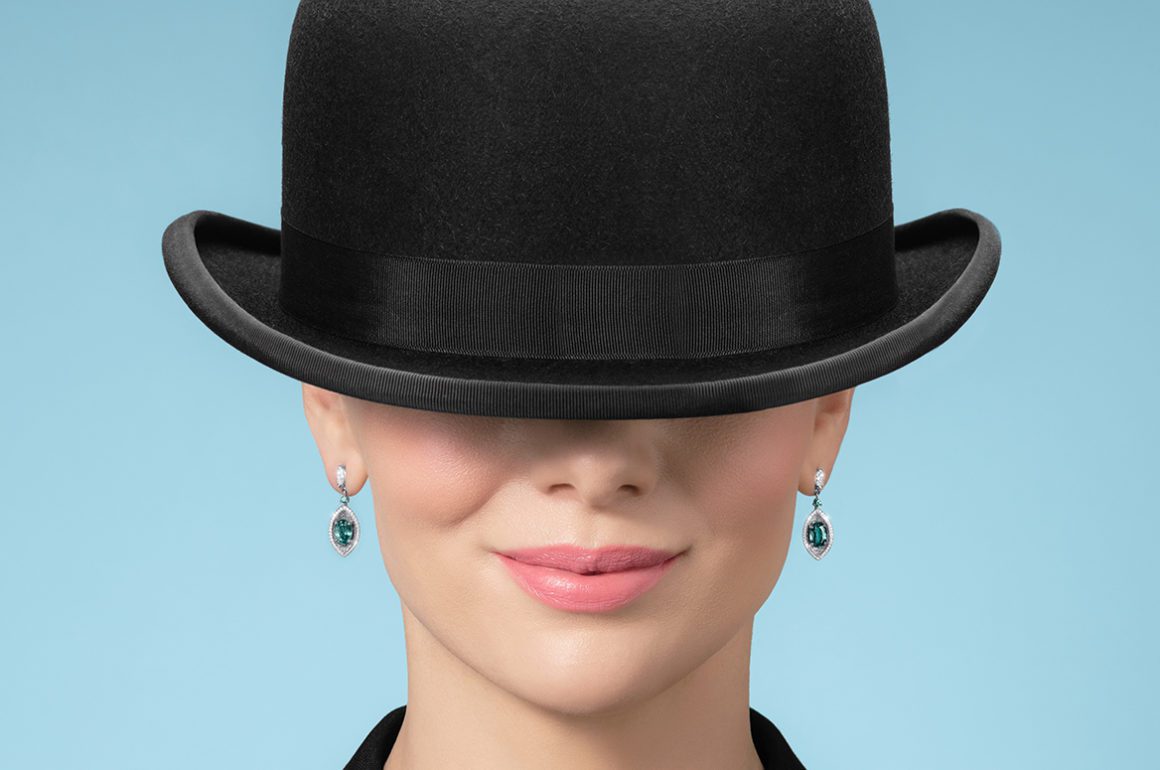
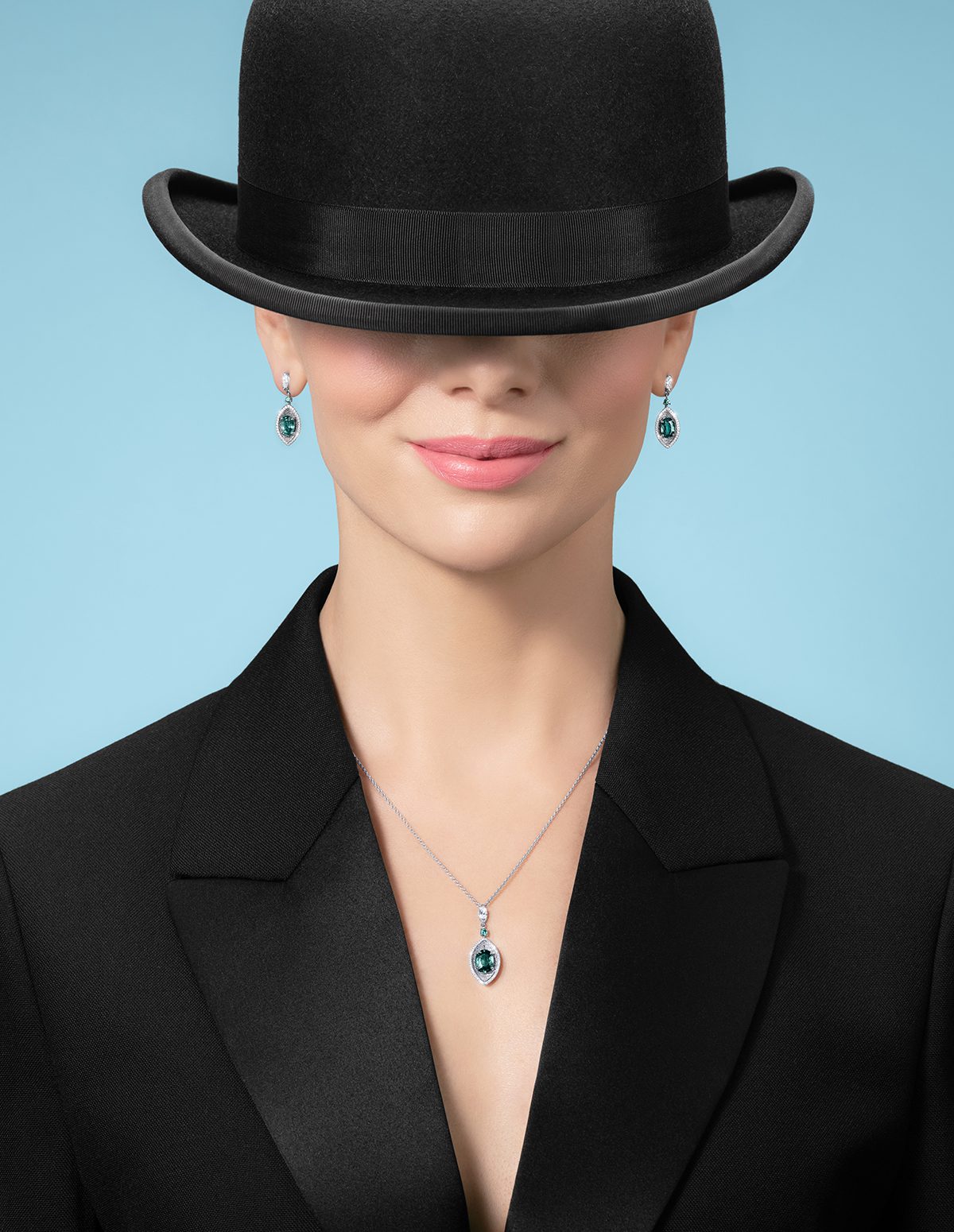
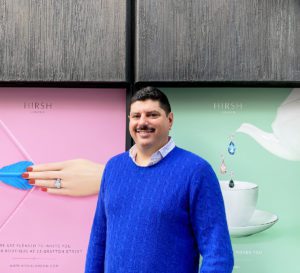
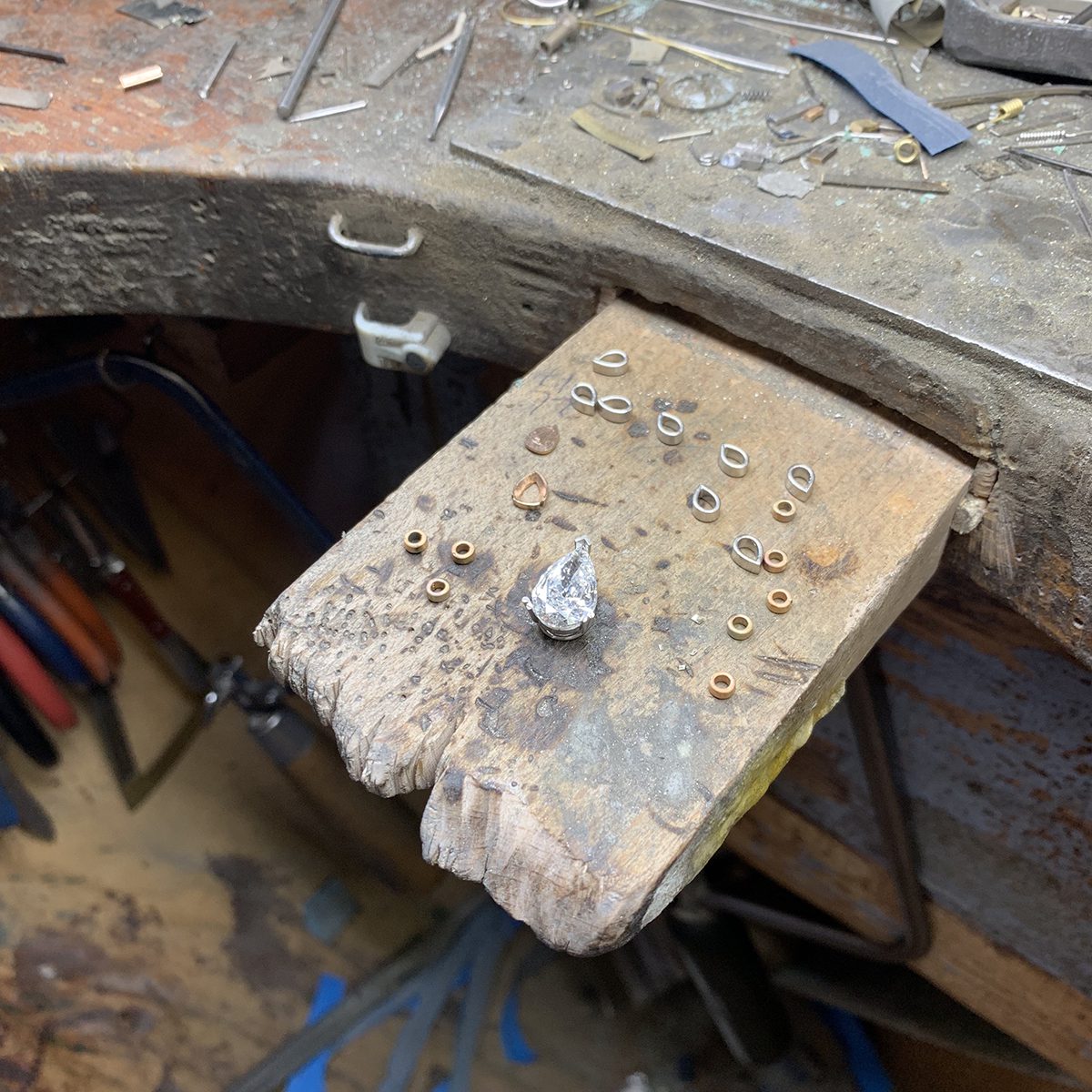
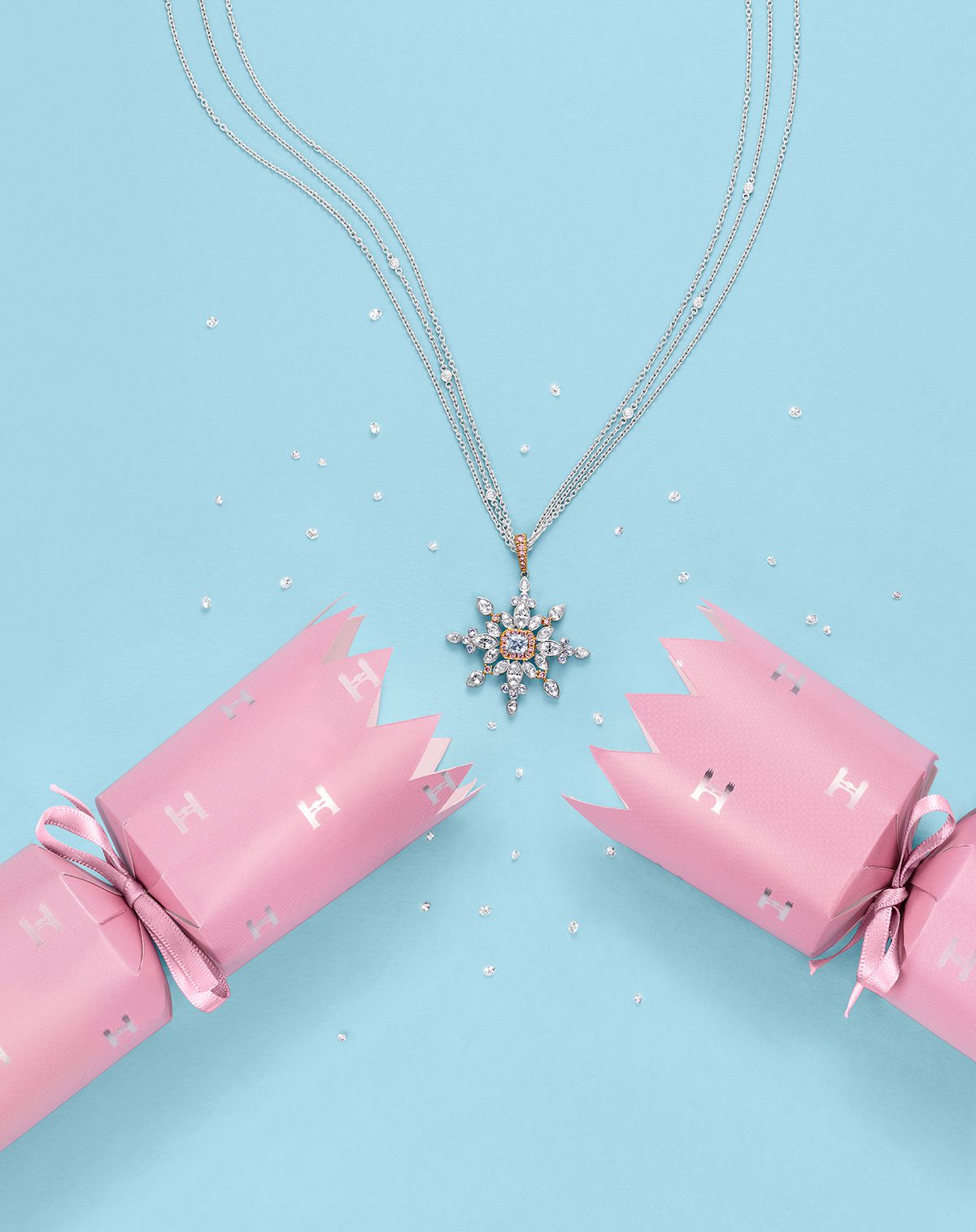
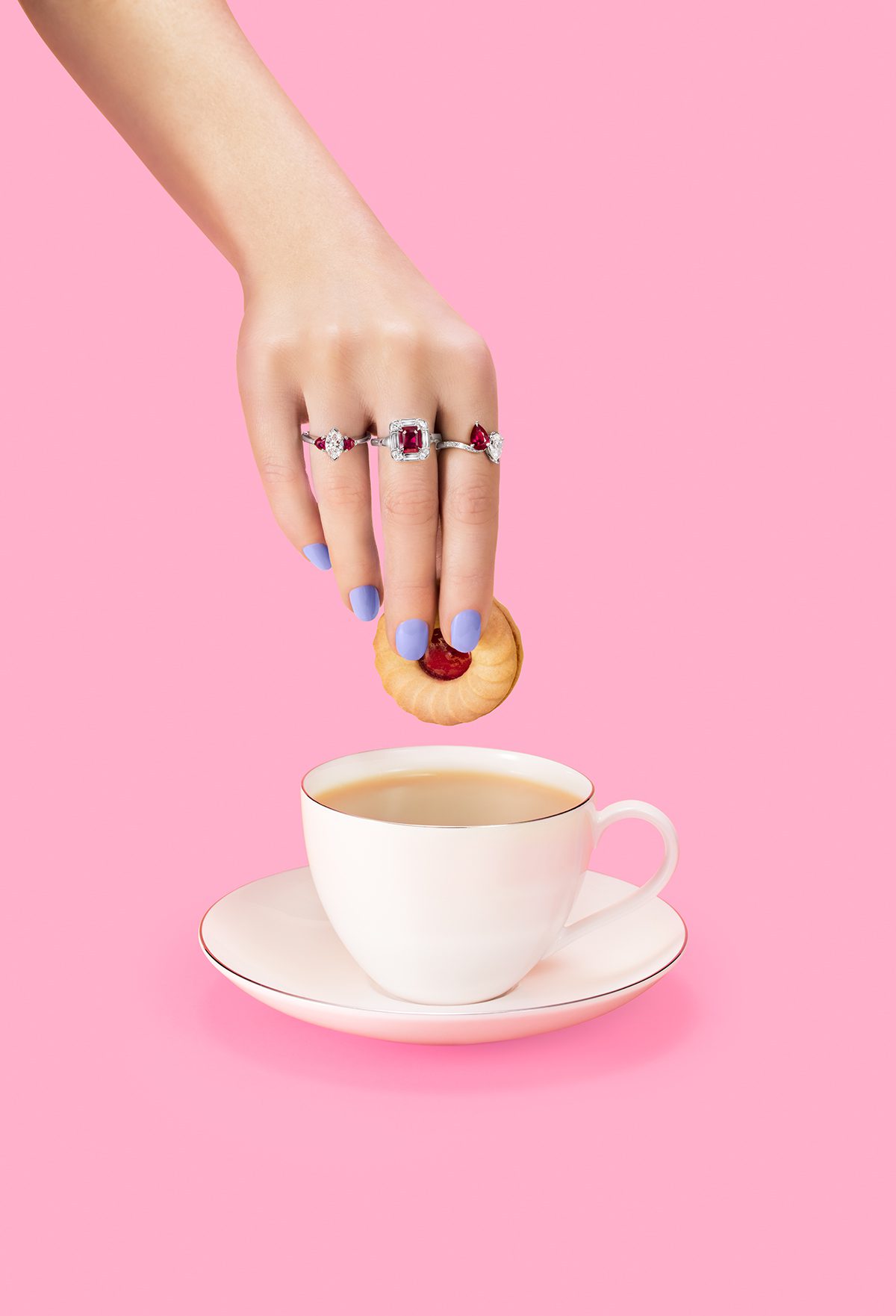
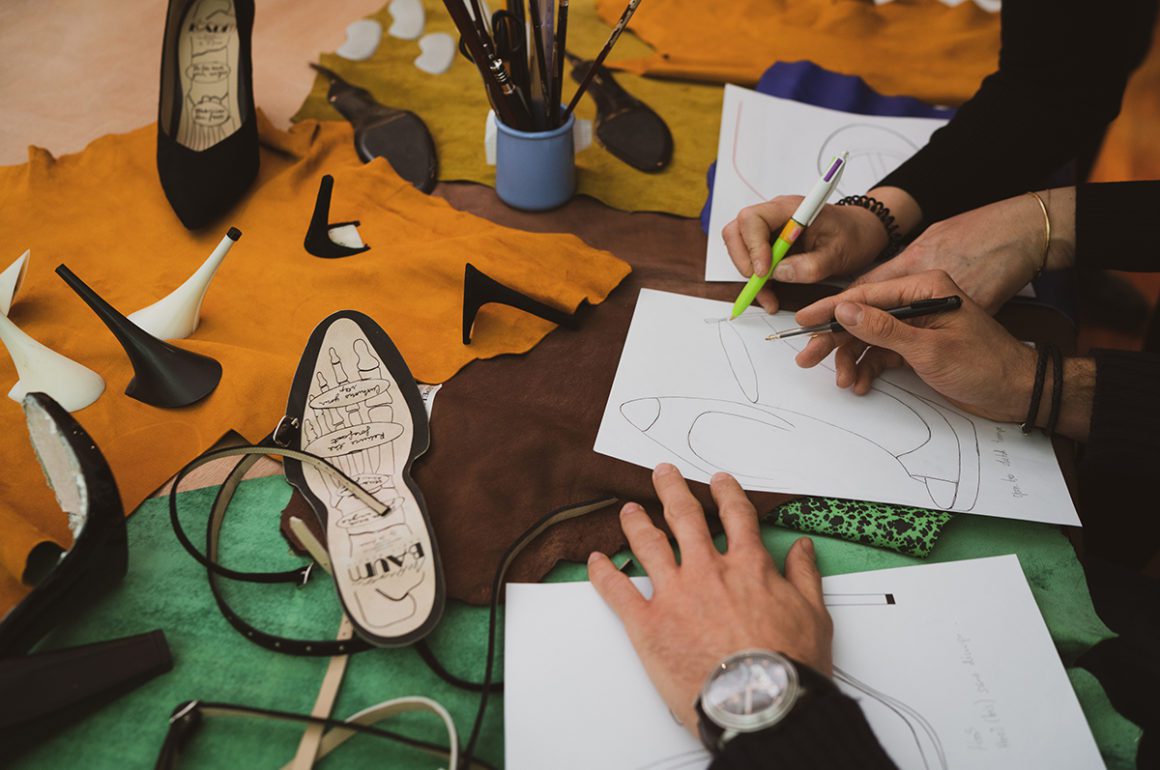
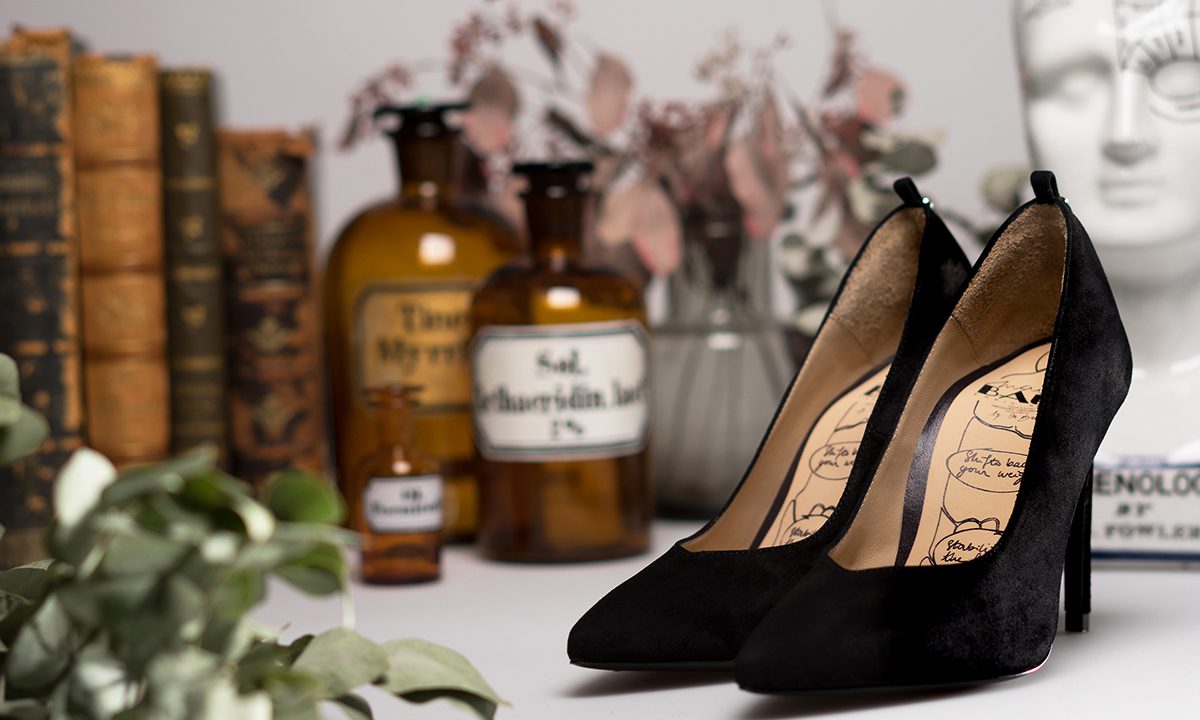
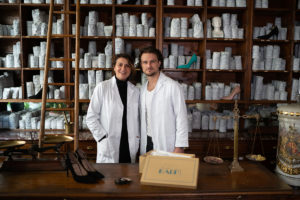
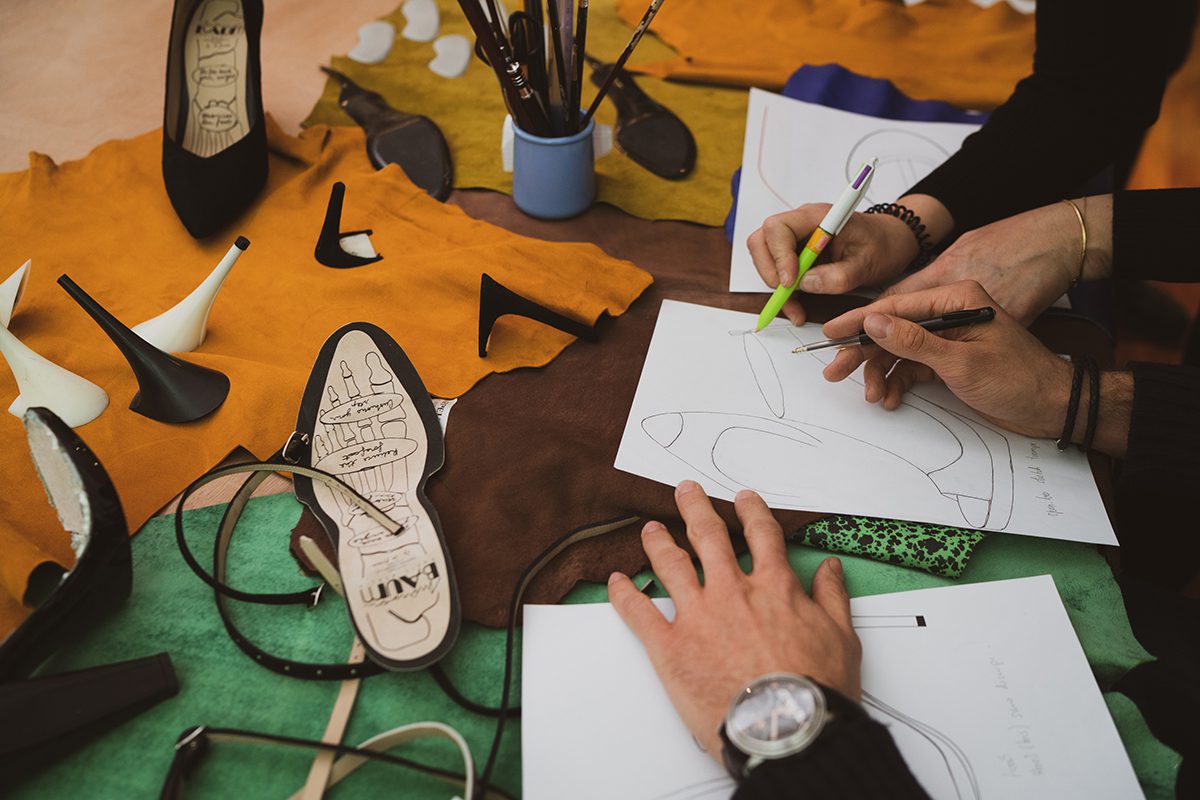





Recent Comments